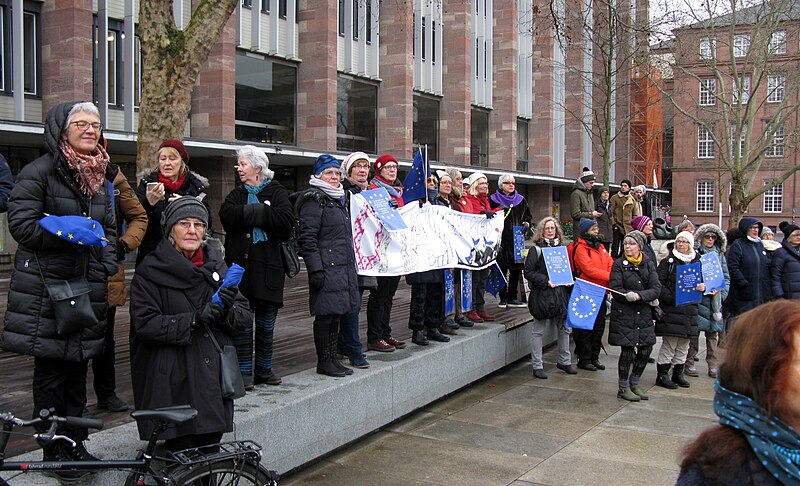4 Facts About Elderly Poverty in Austria
 Austria, a small Central European country with a population of nearly 9 million people, is a middle-performing European nation according to OECD metrics that evaluate a variety of economic and living standards. In the past 20 years, Austria’s population has only modestly increased, which, along with a rise in the average lifespan, has caused Austria’s demographics to become “top-heavy.” Consequently, older individuals now comprise a substantial portion of the population. Despite Austria’s multi-pillared social safety net, the elderly in the country do not receive enough income through earnings or pensions to make ends meet. Here are four facts about elderly poverty in Austria.
Austria, a small Central European country with a population of nearly 9 million people, is a middle-performing European nation according to OECD metrics that evaluate a variety of economic and living standards. In the past 20 years, Austria’s population has only modestly increased, which, along with a rise in the average lifespan, has caused Austria’s demographics to become “top-heavy.” Consequently, older individuals now comprise a substantial portion of the population. Despite Austria’s multi-pillared social safety net, the elderly in the country do not receive enough income through earnings or pensions to make ends meet. Here are four facts about elderly poverty in Austria.
4 Facts About Elderly Poverty in Austria
- Increasing Poverty Risk Among the Elderly: Indicators show that the elderly population at risk of poverty in Austria bottomed out in 2017 at 12.1% before rising consistently to their current level of 14.9% — possibly an effect of COVID-19. The elderly dependency rate, a measure of the economically inactive elderly population (65+) compared to the working-age population (15 to 64), is anywhere from 23% to 36%.
- The Elderly Poverty Experience in Austria is Not Equal: Austria experiences a 37% difference in gender pension receipts for people 65 years and older. Much of the difference is due to gender work and pay disparities common throughout the developed world. Austrian women spend more years out of the workforce in child-care roles, earning less over the course of their lives as a result. They also may be more likely to engage in part-time rather than full-time work. Due to the Austrian pension system’s reliance on an individual’s prior employment, women typically receive significantly lower payments than men. A significant 11.4% of women are not entitled to receive pensions.
- The Pension System is Expensive and Difficult to Maintain: It is not merely the number of older people that is a concern. As the ratio of elderly to young increases, it is getting more challenging for Austrian workers to support their elders. Just before the pandemic, Austria was spending nearly 30% of its GDP on social benefits. This number eventually rose to more than a third of the country’s GDP as a result of COVID-19. In 2022, Austria had 1.9 million retirees and 3.7 million employees.
- Little to No Savings for the Elderly: Roughly 30% of Austria’s elderly living in poverty are unable to save even small amounts of money for personal use or emergencies. When confronted by unplanned outlays, they often have to make sacrifices by cutting down on heating, food or other necessities.
Ongoing Efforts
Austria and other developed European countries face a significant demographic crisis, which is a fundamental problem underlying the issue of elderly poverty. Fortunately, positive changes are underway. For example, the retirement age for women will gradually increase to match that of men by 2030. Women, who generally live longer, may work longer and contribute more to the social pension system while requiring less funding or support.
Additionally, the Austrian government is making significant efforts to address elderly issues such as social isolation, ageism and personal independence. Some initiatives focus on improving digital literacy and provide retraining with new skills to help make older people more marketable and economically viable. These programs enable people to stay in the workforce longer, leading to higher earnings and better preparations for retirement.
Looking Ahead
Austria is making efforts to ease the burden on the younger generation to support the elderly. The government is also working to implement systems that enable the elderly to be more independent. Overall, policies devoted to increasing the share of women in the workforce, easing their return to work after long maternity leaves, or guaranteeing equal wages could be necessary.
– Paul Phelan
Photo: Wikipedia Commons
